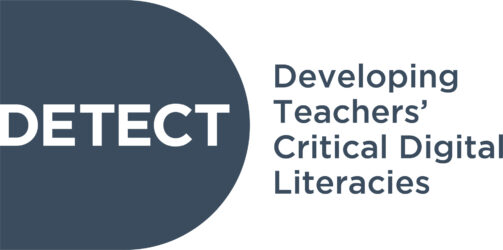This website contains help and advice regarding managing the digital wellbeing of young people. Aside from a range of materials presented regarding the concept of digital wellbeing, what impacts on your digital wellbeing and top tips. In addition, there are some positive questions posed at the end of the page which can be used as excellent starter points for engagement with groups of young people, and perhaps can lead to the translation of these through to more creative co-created resources with young people.
- Digital Wellbeing
- Digital Wellbeing and Child Protection
- text
- Webpage resource
- website
- Childnet
- All rights reserved
- https://www.childnet.com/help-and-advice/digital-wellbeing/
- Childnet link to Digital Wellbeing

